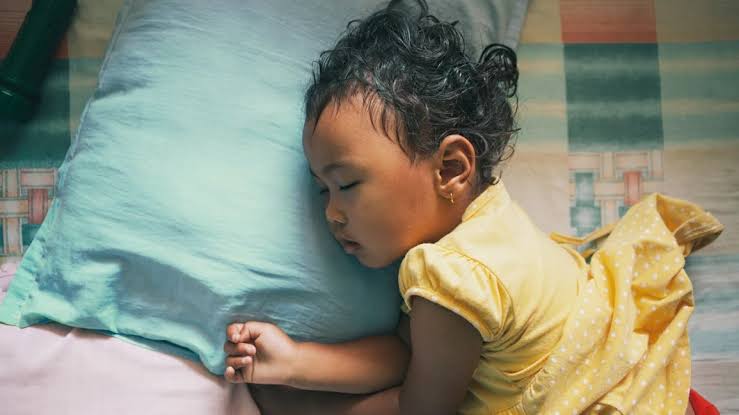It’s a concern many new parents face: waking up to find their baby’s head damp with sweat, even though the room isn’t hot. Understandably, this can lead to worry — is something wrong, or is this just another part of infancy?
In most cases, head sweating in babies during sleep is completely normal. While it might seem alarming at first, it’s often just a sign of your baby's developing body adjusting to temperature regulation. Below, we explore the causes in detail, when it might signal a medical concern, and what you can do to help.
Understanding a Baby’s Thermoregulation System
Babies aren’t born with fully developed temperature control systems. Their bodies, particularly in the first year, are still learning how to regulate heat. Unlike adults who can maintain steady body temperature, babies are more reactive to their environment. This is why they may overheat or get cold easily.
Because of this immature thermoregulation, babies tend to sweat more in general — and since most of their sweat glands are concentrated on the head and neck, that’s where you’ll see it first and most often.
Why the Head Specifically?
The head is the largest surface area of a baby's body relative to their overall size. It also contains a high density of blood vessels, which helps with body temperature control. During sleep, when the body enters deeper phases of rest, the head releases excess heat — and the result is noticeable sweating.
This is not typically a sign of illness, especially if the rest of the baby’s body remains dry and they appear otherwise healthy, well-fed, and comfortable.
Other Common Causes of Head Sweating in Babies
In addition to natural thermoregulation, a few other factors can contribute to your baby’s head sweating at night:
1. Deep Sleep Cycles
Babies spend more time in deep sleep compared to adults. During these stages, the body relaxes and heat can build up, especially around the head if it’s resting against a warm mattress or blanket.
2. Overdressing or Overbundling
Many parents tend to overdress their infants out of caution, using multiple blankets or hats indoors. This can trap heat around the head and cause more sweating. Remember, a hat should not be worn indoors or while sleeping.
3. Warm or Poorly Ventilated Rooms
Lack of airflow in a baby’s room can increase body heat. Ensuring there’s proper ventilation or using a ceiling fan can help reduce sweating.
4. Skin-to-Skin Contact
If your baby sleeps in your arms or feeds while lying against you, your body heat may transfer to them, especially to their head.
When Should You Worry?
Though head sweating is often harmless, there are situations where it may signal something more serious. You should speak to your pediatrician if your baby also has:
Rapid breathing or labored breaths.
Poor feeding habits.
Low energy or unusual sleepiness.
Cold, clammy sweats or sweating in cool conditions.
Excessive sweating during mild activity.
In rare cases, persistent sweating could be linked to medical conditions such as congenital heart issues, infections, or hormonal imbalances. These cases often present with additional symptoms beyond sweating alone.
Tips to Reduce Sweating During Sleep
If you notice frequent sweating from the head, you can take some simple steps to improve your baby’s sleep comfort:
Dress your baby in light, breathable sleepwear like cotton.
Avoid hats or thick blankets when sleeping indoors.
Keep the room temperature between 68°F to 72°F (20–22°C).
Use a firm, breathable crib mattress to promote airflow.
If possible, improve ventilation with a fan or open window (not directly on the baby).
These measures will help prevent overheating while allowing your baby to sleep more comfortably.


Reader Responses (0)